This question is specifically aimed at modern x86-64 cache coherent architectures - I appreciate the answer can be different on other CPUs.
If I write to memory, the MESI protocol requires that the cache line is first read into cache, then modified in the cache (the value is written to the cache line which is then marked dirty). In older write-though micro-architectures, this would then trigger the cache line being flushed, under write-back the cache line being flushed can be delayed for some time, and some write combining can occur under both mechanisms (more likely with writeback). And I know how this interacts with other cores accessing the same cache-line of data - cache snooping etc.
My question is, if the store matches precisely the value already in the cache, if not a single bit is flipped, does any Intel micro-architecture notice this and NOT mark the line as dirty, and thereby possibly save the line from being marked as exclusive, and the writeback memory overhead that would at some point follow?
As I vectorise more of my loops, my vectorised-operations compositional primitives don't explicitly check for values changing, and to do so in the CPU/ALU seems wasteful, but I was wondering if the underlying cache circuitry could do it without explicit coding (eg the store micro-op or the cache logic itself). As shared memory bandwidth across multiple cores becomes more of a resource bottleneck, this would seem like an increasingly useful optimisation (eg repeated zero-ing of the same memory buffer - we don't re-read the values from RAM if they're already in cache, but to force a writeback of the same values seems wasteful). Writeback caching is itself an acknowledgement of this sort of issue.
Can I politely request holding back on "in theory" or "it really doesn't matter" answers - I know how the memory model works, what I'm looking for is hard facts about how writing the same value (as opposed to avoiding a store) will affect the contention for the memory bus on what you may safely assume is a machine running multiple workloads that are nearly always bound by memory bandwidth. On the other hand an explanation of precise reasons why chips don't do this (I'm pessimistically assuming they don't) would be enlightening...
Update: Some answers along the expected lines here https://softwareengineering.stackexchange.com/questions/302705/are-there-cpus-that-perform-this-possible-l1-cache-write-optimization but still an awful lot of speculation "it must be hard because it isn't done" and saying how doing this in the main CPU core would be expensive (but I still wonder why it can't be a part of the actual cache logic itself).
Update (2020): Travis Downs has found evidence of Hardware Store Elimination but only, it seems, for zeros and only where the data misses L1 and L2, and even then, not in all cases. His article is highly recommended as it goes into much more detail.... https://travisdowns.github.io/blog/2020/05/13/intel-zero-opt.html
Update (2021): Travis Downs has now found evidence that this zero store optimisation has recently been disabled in microcode... more detail as ever from the source himself https://travisdowns.github.io/blog/2021/06/17/rip-zero-opt.html
